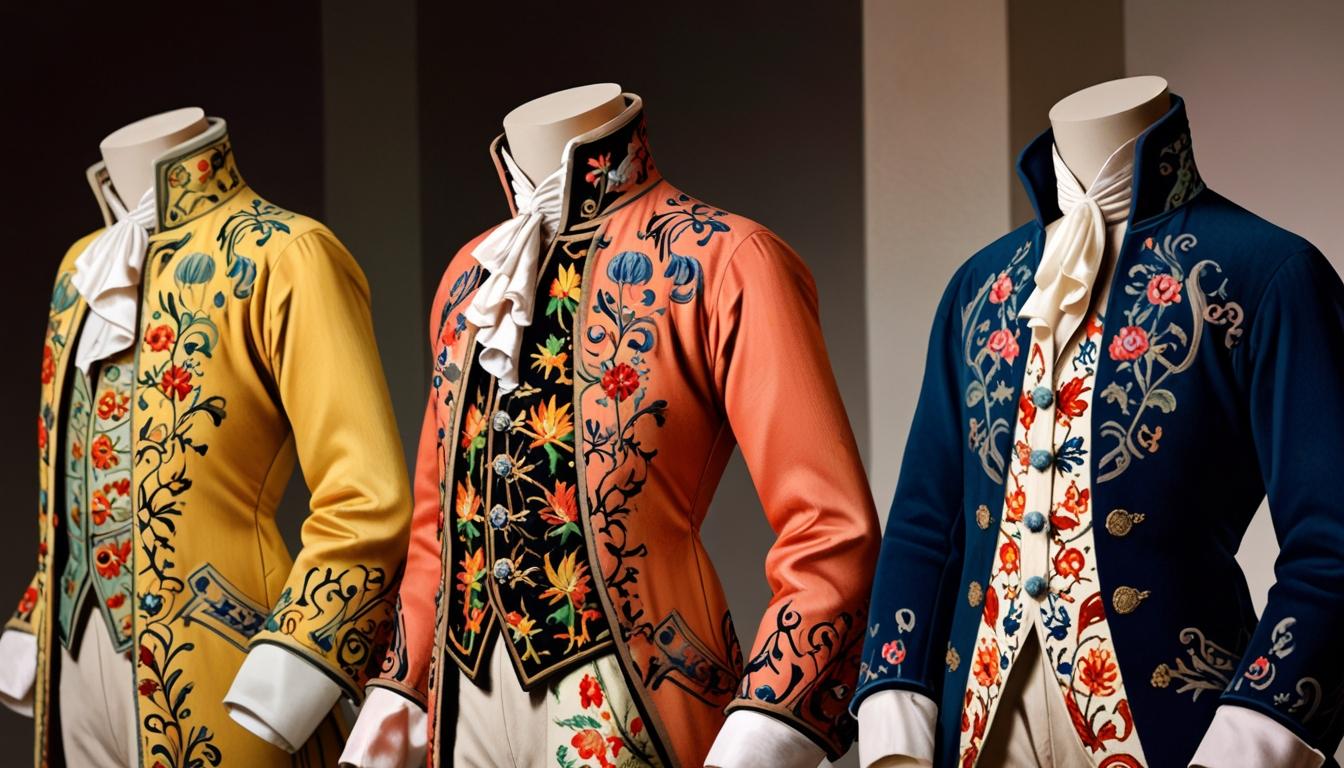Since 1997, Martin Clark has been integrating art and environmental practices in Cyprus, focusing on projects that repurpose discarded materials while raising awareness about sustainability.
The director of Grampus Heritage and Training in the UK, Martin Clark, is actively involved in promoting environmental sustainability projects in Cyprus, a commitment he has maintained since 1997. With his background as the former head of the UK’s National School of Forestry, Clark has shifted his focus towards rural development, integrating art, fashion, traditional skills, and environmental practices, particularly in tree planting and recycling.
Clark’s recent initiatives are centered around the Green Village partnership, which includes the Old Olive Mill—Mola Culture Factory—and the Kato Drys Community Council. This collaboration has been producing art from recycled materials for nearly 15 years, emphasizing the benefits of reusing discarded items to enhance environmental consciousness. Clark noted multiple environmental advantages of this approach: it minimizes the carbon footprint associated with art production, reduces litter and landfill contributions, and heightens public awareness about waste and recycling.
His commitment to this art form is deeply influenced by the late Stas Paraskos, one of Cyprus’s renowned artists, with whom Clark shared a fruitful 12-year working relationship. Paraskos’s innovative use of scrap metal and ceramics in art has served as a source of inspiration for Clark, as has the work of resident artist Peter Bird, who also collaborated with Paraskos for about a decade.
Recent projects showcasing “art from waste” include sculptures made from a variety of discarded items. For instance, a recently crafted sculpture of a ‘sitting curious man’ and a ‘standing woman’ incorporates components like old BBQ tools, washing machine parts, and even tractor seats. These pieces reflect a modern interpretation of Brutalism, a movement originally exemplified by Picasso’s 1942 ‘Bulls Head’, which itself was constructed from repurposed materials.
Additionally, Clark’s team was inspired to work with discarded plastics after an encounter with Abdullah, a West African refugee from the Ivory Coast, whose outdoor exhibition in Larnaca received notable attention. This collaboration led to the creation of sculptures including a donkey, a rhinoceros, and a fiddle-playing man, all fashioned from plastic waste collected from various locations. These artworks aim to connect with broader initiatives like ‘Plastic Free Beaches’ and have been displayed publicly in Pano Lefkara.
These efforts have drawn attention not only in Cyprus but also internationally, highlighting the country’s innovative steps toward addressing waste issues. Clark’s work serves as an example of how art can contribute to raising awareness about environmental sustainability while utilizing creativity to repurpose materials that would otherwise contribute to waste. Martin Clark emphasizes the transformative potential of necessity in driving both invention and artistic expression, demonstrating that environmental challenges can inspire creative solutions.
Source: Noah Wire Services




